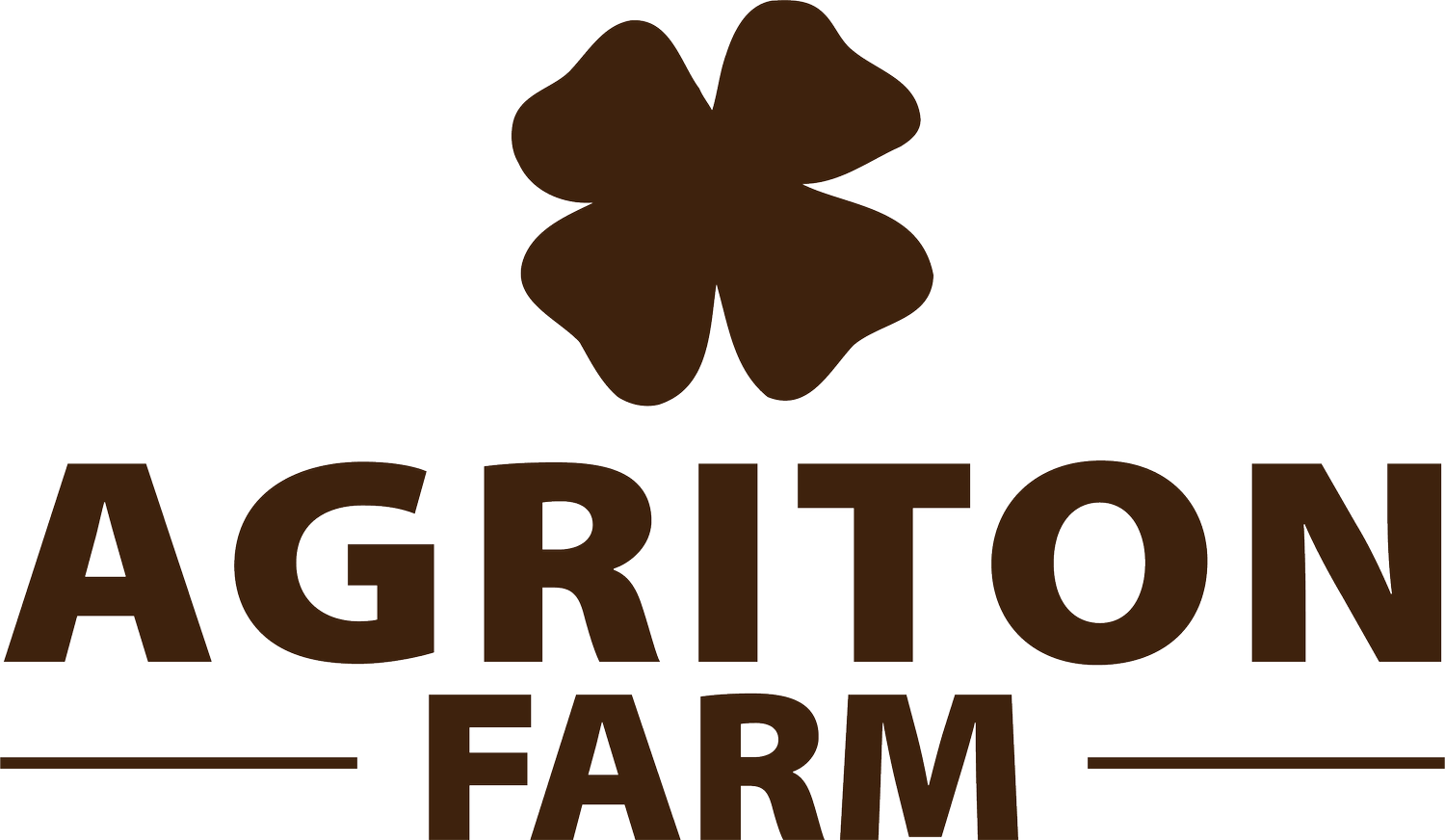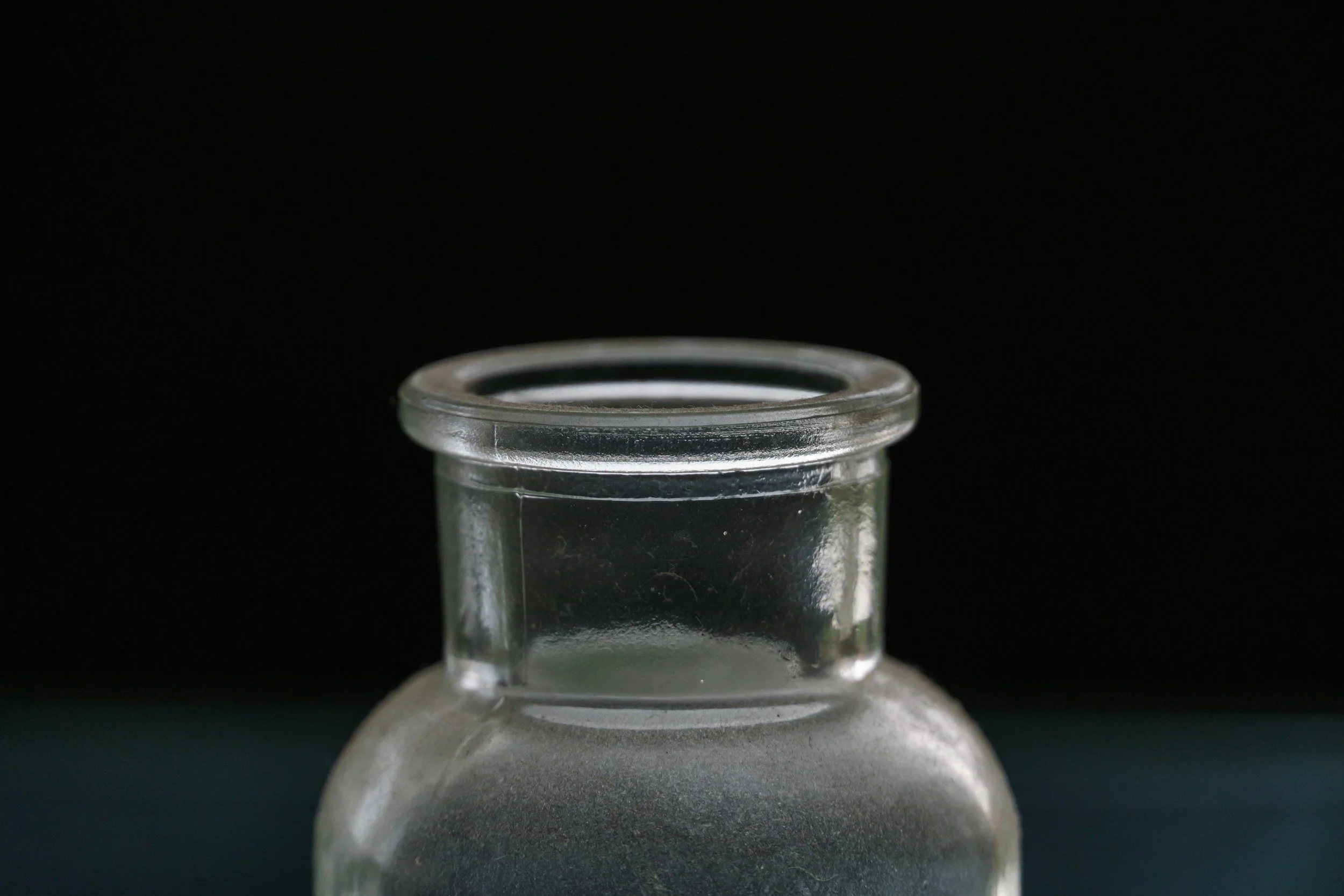Does Wound CARE = Wound HEALING?
Make it stand out
Are we optimising opportunities to implement new practices on farm?
Umbilical Cord Care
Umbilical care can often be perceived as a low-priority due to incidence (Groover and Godden, 2011), in fact NAHM (2010) observed only 31.2% of producers in America detect this condition and only 1.6% of those diagnosed are pre-weaned calves.
Despite lack of scientific evidence, the topical use of iodine has long been practiced on farms to safely protect umbilical cord and aid prevention of infection, often known as navel-ill which can cause significant health issues including arthritis. Infections in the umbilical stump can cause swelling, redness and pain, hindering the separation process which can present further complications.
The aim of dipping this area is to encourage rapid healing, encourage safe detachment and prevent pathogenic growth which results in infection and to date, the favoured treatments remain 7% iodine and 4% chlorhexidine topical solutions.
Whilst applying solution direct to the umbilical stump can aid healing and prevent infection it cannot overcome pathogenic load within pens, (Mee, 2008; Robinson et al., 2015), substitute poor hygiene, or the adequate intake of quality colostrum which all play a role within the development of a strong immune system, one which can cope with stressors and naturally fight disease.
Advances in research and science allow us to develop new, effective practices on farm - and can offer huge benefits, if we allow it.
Research
Early research on iodine has observed the need for prolonged contact time for the antiseptic benefits to be achieved (Gamage, 2003) and the disinfectant properties can be minimised when in contact with organic matter. The bacterial activity of iodine can be compromised or even inhibited when it encounters organic matter, which in terms of calves at time of parturition could be blood, pus or faecal matter, resulting in the organic matter binding to the iodine significantly reducing it’s impact.
Increased contact and usage may increase the risk of irritation to the skin, which cam impede healing. Based on research, chlorhexidine has been recommended over iodine due to superior effects on both skin health and mortality, but this study by Virtala et al., was done in 1996 and therefore may be outdated in todays intensive farming practices.
From existing research on the application of alternative solutions to mitigate umbilical infection, there is little evidence that supports iodine is the most effective – with other antiseptic alternatives achieving the same response in terms of healing, decrease in pathogenic growth whilst offering a less-harsh influence on the tissue.
A recent study by Van Camp et al. (2022) looked at the effect of an iodine 7% tincture vs no treatment across 284 dairy calves and the potential of bias based on the long-term practice of iodine application. The study concluded that the application of a 7% iodine tincture to the umbilicus directly after birth was not effective in reducing external umbilical infection compared with no treatment. However, they observed a significant association between reduced infection in those calves who received good quality colostrum soon after birth, thus highlighting that application of any solution is not a reliable substitute for colostrum management on farm.
These results echo those from an earlier study, in piglets who also reported no significant decrease in infections between piglets who had been treated 3 different forms of topical solution, one of which was iodine (Robinson et al., 2016).
Information from WHO have recommended within human medicine that reapplication is necessary due to the antiseptic properties decreasing within 15 minutes which may imply the application on calves and effectiveness of preventing infection may have diminished prior to the cord naturally drying.
pH: It’s relevance in skin healing
Reducing pH can encourage the healing of wounds without further irritation or damage to tissue. Often chronic wounds have an alkaline pH which can prolong the healing process.
pH of iodine will be altered based on the solution, water vs ethanol and these will impact the overall pH of the solution
The application of Lactic Acid bacteria can encourage a more acidic pH which can aid and encourage quicker healing – which is important with umbilical trauma and the high risk of pathogenic infection during vulnerable life stages.
Angiogenesis, which is the process of formulating new blood vessels, delivering essential oxygen to the wound which can be encouraged by a lower pH, resulting in the release of more oxygen to tissue damage.
Lactic Acid Bacteria
This group of bacteria are one of the most studied microorganisms and are classified based on their morphological, metabolic and physiological characteristics with Lactobacillus, Enterococcus, Lactococcus, Leuconostoc, Pediococcus, and Streptococcus comprising the core LAB group. Some strains will produce *bacteriocins, a form of polypeptide and display antimicrobial against other bacterial species.
Peptides, short chains of amino acids which are derived from lactic acid bacteria (LAB) act as an immune modulating agent and demonstrate anti-inflammatory properties in affected tissues by actively promoting a reduction in the proinflammatory cytokines and a rise in the anti-inflammatory **cytokines (Hernández-González et al., 2021) which can encourage effective wound healing.
*Antimicrobial peptides produced by bacteria to inhibit or kill other bacteria.
**Cytokines are small proteins which act as a signalling molecule and involved in immune regulation.
***Bacteriocin are antimicrobial peptides produced by bacteria to inhibit or kill other bacteria.
Summary
Heavy emphasis on current farming practice to be more sustainable, minimalizing environmental impact without compromising welfare is a key driving factor to seek out new effective and innovative treatments and management on our farms today.
The research highlights serious opportunities to review the way things are being done and ask the questions which could lead to improved welfare, reduced antibiotic usage and the implementation of more sustainable practices within dairy farming.
Is it time to try something new
〰️
Is it time to try something new 〰️
Please get in touch if you have any questions or would like us to add something specific to our Knowledge Hub.





